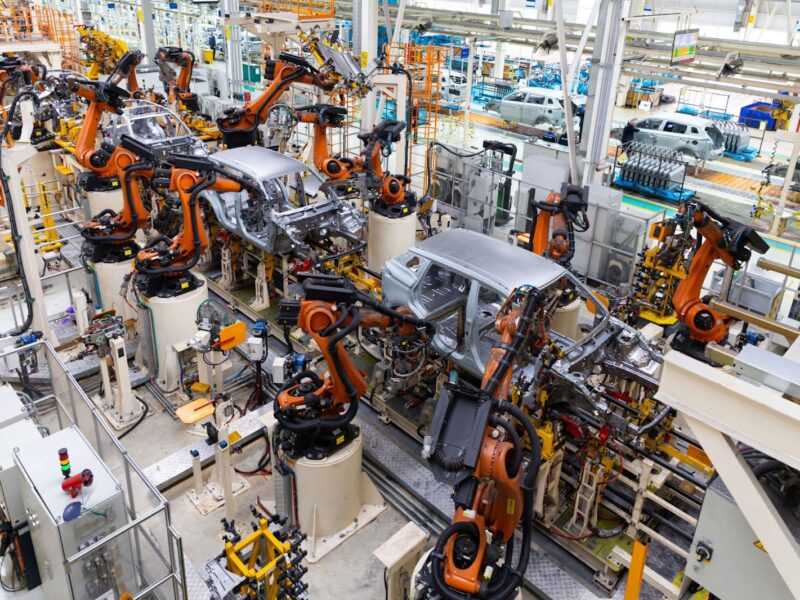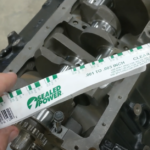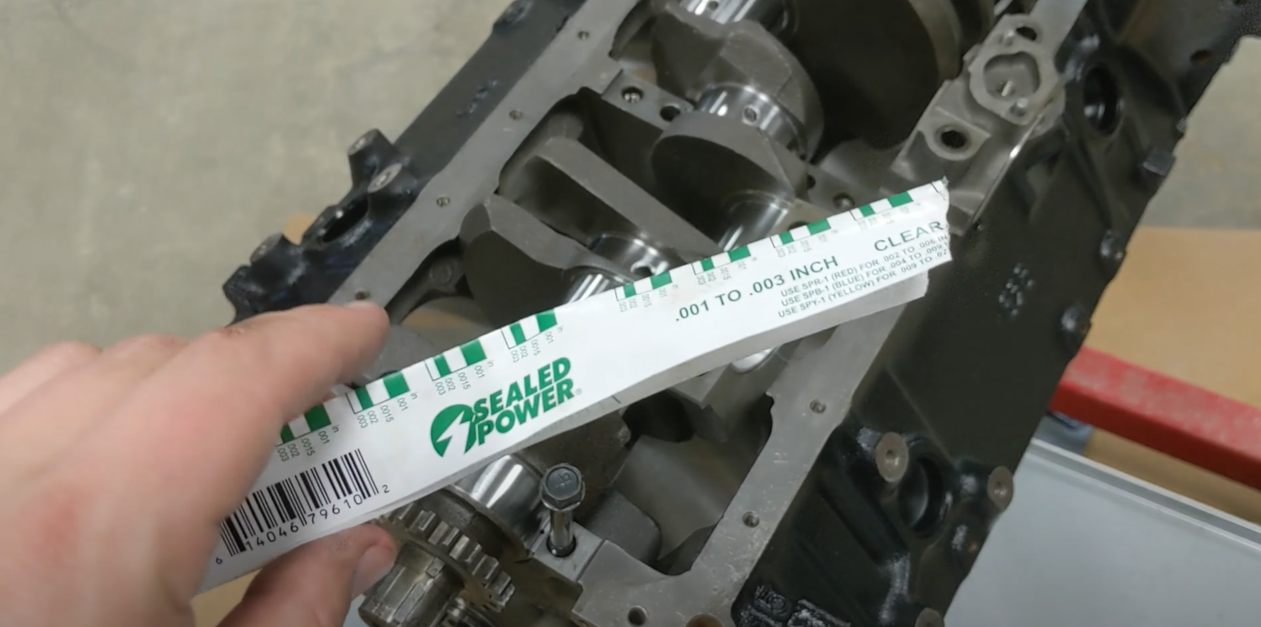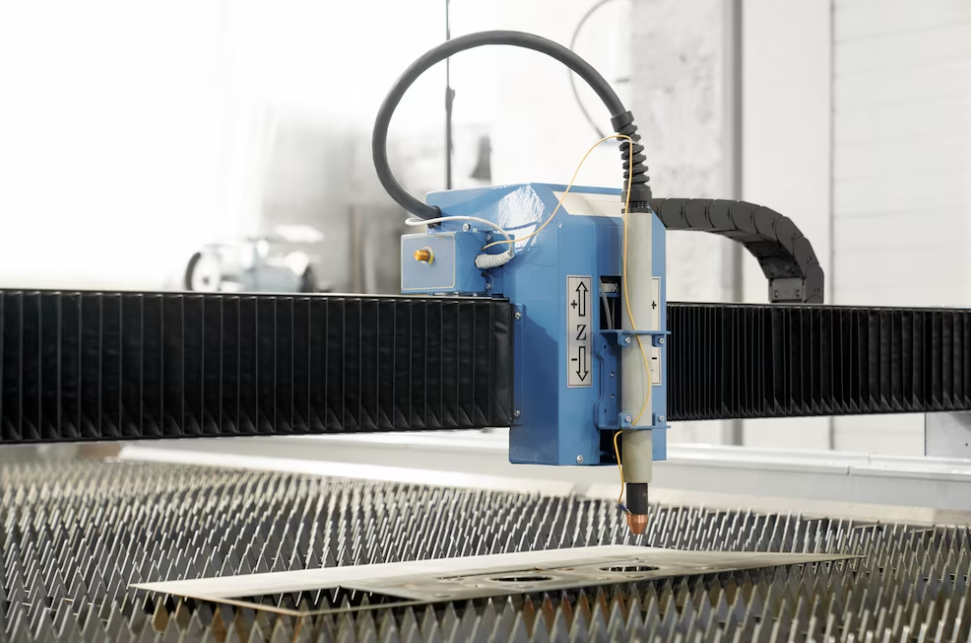Step into the realm of industrial advancement, where only a handful of creations have etched such a profound imprint on production and society as the remarkable assembly line. Emerging from humble origins to achieving widespread adoption, this pioneering notion has completely transformed manufacturing processes, propelling efficiency to new heights and reshaping the very fabric of our world. Embark with us on a captivating expedition as we unveil the awe-inspiring influence of assembly line innovation and its profound repercussions on the global stage. Together, let’s delve into the annals of history, explore its fundamental principles, and unravel the far-reaching ramifications of this influential invention.
Unleashing the Power of Assembly Lines: Revolutionizing Mass Production
Envision a harmonious masterpiece of efficiency and exactitude, where each move in crafting a product is orchestrated with meticulous precision, culminating in an astounding outcome. Behold the realm of assembly lines – the pulsating core of mass production. This revolutionary manufacturing process has indelibly reshaped the landscape of goods production. Brilliantly dividing the creation of a product into a series of sequential steps, it bestows upon us remarkable velocity, unwavering consistency, and unparalleled cost-effectiveness.
So, how does this industrial marvel work? Let’s delve into the fascinating world of assembly lines and unlock the secrets behind their success.
The Anatomy of an Assembly Line:
- Divided and Conquered: The entire manufacturing process is broken down into smaller, manageable steps, each completed in a predetermined sequence. This division of labor ensures that no time is wasted and that each worker can focus on their specific task, becoming a master of their craft;
- Pioneering Mass Production: Assembly lines have taken the world of mass production by storm. Whether it’s producing cars, electronics, furniture, or household appliances, this method has become the go-to choice for manufacturers worldwide. The ability to produce large quantities of goods at a rapid pace has been a game-changer for industries, meeting the demands of an ever-growing global population;
- Empowering the Workforce: One of the remarkable advantages of assembly lines is their ability to employ both skilled and unskilled workers efficiently. By assigning specialized tasks to workers, companies can significantly reduce labor costs, making it economically viable to hire unskilled personnel. These workers, although lacking extensive training, are equipped with the knowledge and skills to perform their specific tasks flawlessly, adding crucial components to the final product;
- Precision and Consistency: In an assembly line, precision is not just a buzzword; it’s a way of life. The meticulous organization and synchronization of each step ensure that every product rolling off the line meets the highest standards of quality and consistency. This level of precision would be nearly impossible to achieve if one person were responsible for crafting an entire item from start to finish;
- Faster Turnaround Times: Assembly lines owe their remarkable ability to slash production times to the strategic division of labor. Through meticulous streamlining and optimization of tasks, bottlenecks are effectively eliminated, culminating in the swift and awe-inspiring churn-out of products. This accelerated pace not only ensures the timely fulfillment of market demands but also enables businesses to maintain their competitive edge in our rapidly evolving world.
Revolutionizing Manufacturing: The Power of Assembly Lines
This groundbreaking concept has transformed the manufacturing landscape, and we owe a debt of gratitude to the visionary Henry Ford, who pioneered the assembly line in 1908 to craft his iconic Model T cars. Before this ingenious system, workers painstakingly crafted products in situ, with one individual responsible for completing every step involved in the product’s creation.
The assembly line, however, ushered in a new era of efficiency and productivity. Instead of having one worker perform all the tasks, each specialized worker or machine handles a specific task as the product smoothly progresses along the production line. This ingenious approach maximizes output while minimizing labor costs, making it a cornerstone of modern industrial manufacturing.
Diving Deeper: Unraveling the Assembly Line
Let’s take a closer look at the inner workings of an assembly line and how it redefined manufacturing processes:
Task Breakdown: Complexity Made Simple
Breaking down intricate products like automobiles or electronic gadgets into manageable components is key to the assembly line’s success. This enables machines and workers to efficiently piece together the final product, like a well-choreographed dance performance.
Design for Assembly (DFA): Fine-Tuning the Process
To ensure a seamless assembly process, companies employ the Design for Assembly (DFA) approach. DFA involves meticulous analysis of a product’s design, determining the optimal assembly order, and identifying potential issues that might impact each task. This approach saves both time and resources by streamlining the production process from the outset.
Task Categorization: Manual, Robotic, or Automatic?
Once tasks are identified, they are categorized based on the most appropriate execution method. Depending on complexity, scale, and precision requirements, tasks may be classified as manual, robotic, or automatic.
Station Assignments: Orchestrating the Production Floor
With tasks classified, they are thoughtfully assigned to individual stations along the manufacturing plant floor. This orchestration ensures a harmonious flow of products through the assembly line, maximizing efficiency and minimizing bottlenecks.
The Art of Concurrent Engineering in Product Design for Streamlined Assembly
Within the vast domain of manufacturing, there exists an art form known as concurrent engineering, where the process of product design harmoniously intertwines with assembly considerations. This ingenious approach empowers companies to envision and create new products with mass production as the guiding star, right from the very inception. By thoughtfully pondering the assembly process during the product’s design phase, companies unlock the key to optimizing tasks, their order, and the assembly line layout, thereby reaping remarkable rewards in terms of efficiency, productivity, and shortened time-to-market.
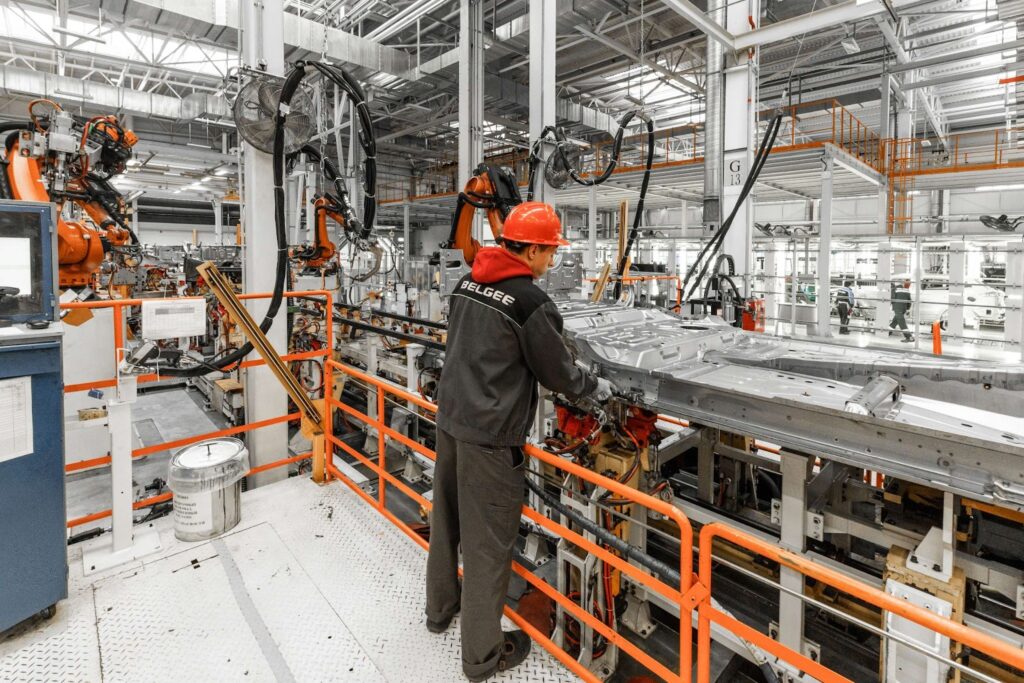
Benefits of Concurrent Engineering:
- Reduced Lead Time: By planning for assembly during the design stage, companies can minimize the time gap between the initial product design release and the final product rollout. This streamlined process significantly accelerates the product development timeline, giving companies a competitive edge in rapidly evolving markets;
- Enhanced Manufacturing Efficiency: Aligning the design with assembly requirements ensures that the manufacturing process becomes more seamless and less prone to bottlenecks or errors. This, in turn, optimizes production output and lowers operational costs;
- Improved Product Quality: When products are thoughtfully designed with assembly in mind, it leads to better-built products with enhanced quality and consistency, ultimately resulting in higher customer satisfaction and loyalty;
- Cost Savings: Addressing assembly considerations early in the design phase reduces the chances of costly design changes during production. This upfront approach can save considerable resources and prevents potential delays in the manufacturing process.
Uniting Humans and Technology on Modern Assembly Lines
Today’s assembly lines have undergone a remarkable transformation, blending cutting-edge digital technology with human expertise to create a harmonious and efficient production environment. With the rise of Industry 4.0, smart factories now incorporate sensors, Industrial Internet of Things (IIoT) devices, and advanced robotics to drive productivity and quality to unprecedented levels.
Benefits of Integrating Humans and Technology:
- Achieving Optimal Efficiency: The harmonious fusion of human expertise and machine precision leads to a remarkably streamlined production process, where tasks are accomplished at an accelerated pace and with unparalleled accuracy;
- Elevated Worker Empowerment: Through the automation of monotonous tasks, employees can redirect their attention towards more gratifying and intellectually engaging endeavors, heightening their job satisfaction and mitigating the effects of burnout;
- Enhanced Adaptability: Assembly lines incorporating collaborative automation possess the inherent ability to flexibly respond to evolving production demands, effortlessly introducing novel product variants, thereby fostering a manufacturing process that exudes agility;
- Promoting a Safer Work Environment: The integration of collaborative robots, purposefully designed to operate harmoniously alongside human counterparts, significantly diminishes the likelihood of accidents and injuries on the assembly line.
Conclusion
In conclusion, assembly line innovation continues to be a driving force behind progress, shaping the way we produce and consume goods. By leveraging its potential while addressing its challenges, we can unlock a future of unprecedented prosperity and sustainability. Through responsible implementation and a commitment to inclusivity, assembly line innovation has the potential to elevate industries, empower workers, and ultimately improve the quality of life for communities worldwide.
